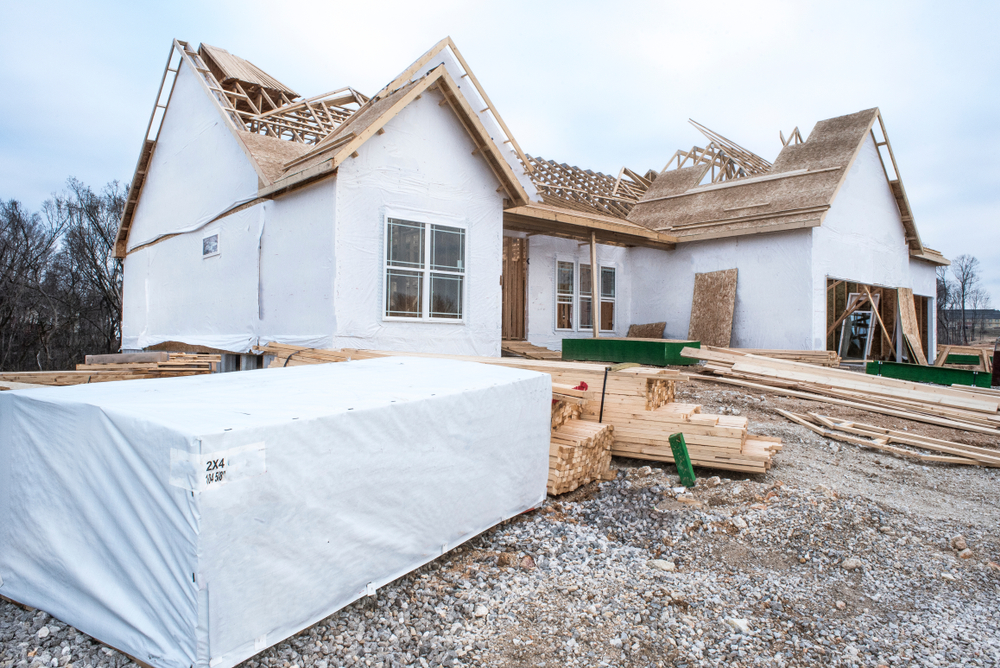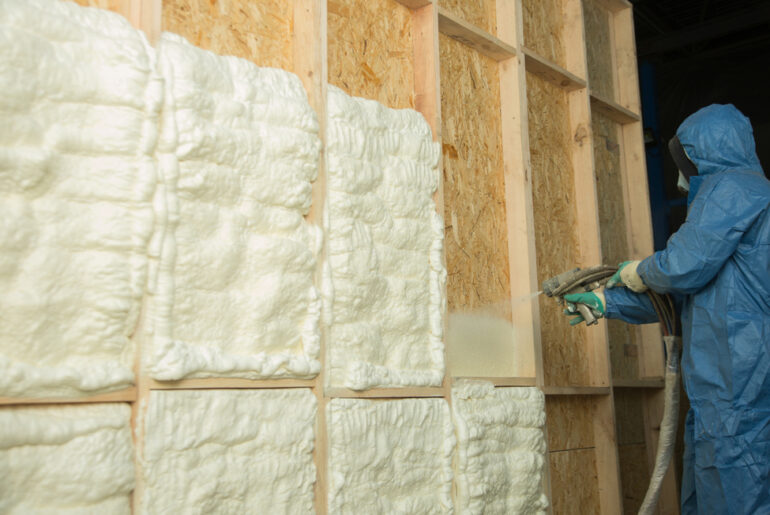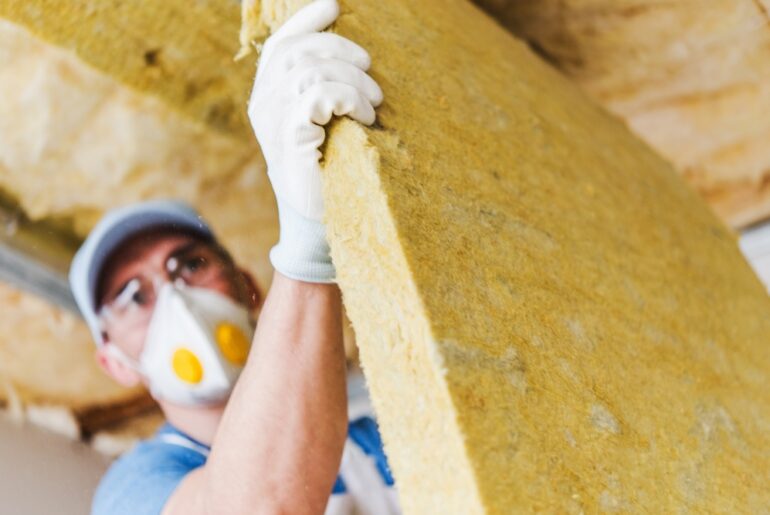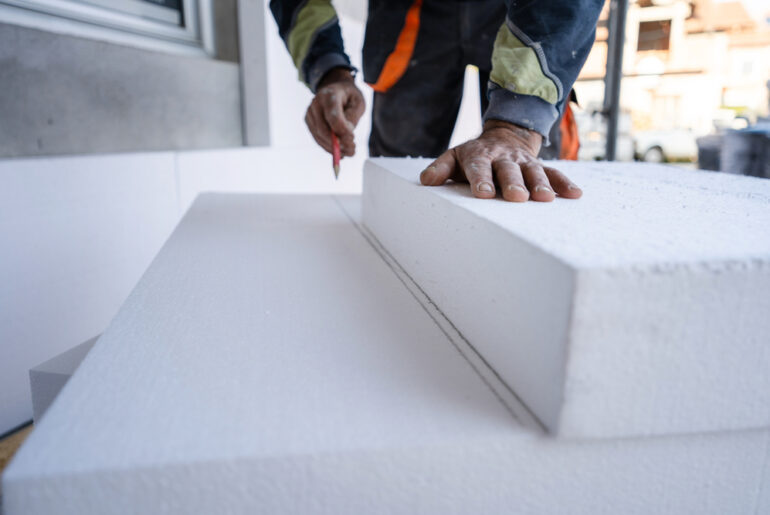Generally, there is no requirement or need to install house wrap around a poured concrete foundation. House wrap has a small R value, but its primary purpose is to stop drafts that might develop between wooden framing members.
Even though modern homes look very strong and stable, they actually move with the temperature of the surrounding air. The movements are very small, which is why you don’t often feel them, but homes do move.
House wrap was invented to create a thermal envelope around the home that did not leak air or water. A house wrap installation is not complete without the addition of house wrap tape, which makes the thermal envelope airtight.
Poured concrete foundations are always at least 8” thick, so anything that would pierce or damage the concrete would also destroy the house wrap. Poured concrete foundations are commonly waterproofed and insulated, but not using house wrap.
If House Wrap Isn’t Needed For My Foundation, What Is It For?
As mentioned, houses with wooden framing move slightly through the expansion and contraction of the wooden lumber. Without house wrap, gaps between the components emerge due to the constant movement. As a result, the home becomes drafty and expensive to heat and cool.
Before the product we know as house wrap was introduced in the 1990’s, most home builders used roofing felt in an attempt to seal the home from drafts. The roofing felt was better than nothing, but it crumbled over time and the seams were rarely taped.
House wrap is designed to avoid the most seams, so it is usually 10’ or so wide and 150’ long. This means you can essentially wrap a one story home in one pass and have only a seam or two. Any remaining seams are taped to eliminate the passage of air or moisture.
If I Don’t Use House Wrap On My Concrete Foundation, What Do I Use?
Poured concrete foundations are usually waterproofed from the outside before any backfill is delivered. Sealers, waterproofers, and spray foam provide significant protection from water intrusion.
Waterproofers provide a little more protection from the force of the ground as it freezes, but sealers also prevent water from being absorbed by the concrete. Even without these water repellents, vertical concrete walls are too dense at a minimal 8” thickness to allow water to penetrate from one side to the other.
However, concrete does and will eventually crack, which will allow moisture to flow freely unless a barrier is in place. Builder’s grade plastic, spray on waterproofers, and spray foam are all used to both add a layer of protection and years of life to the foundation.





